
Charles Martin Jones was an American animator, painter, voice actor and filmmaker, best known for his work with Warner Bros. Cartoons on the Looney Tunes and Merrie Melodies series of shorts. He wrote, produced, and/or directed many classic animated cartoon shorts starring Bugs Bunny, Daffy Duck, Wile E. Coyote and the Road Runner, Pepé Le Pew, Marvin the Martian, and Porky Pig, among others.

Duck Amuck is an American animated surreal comedy short film directed by Chuck Jones and written by Michael Maltese. The short was released on January 17, 1953, as part of the Merrie Melodies series, and stars Daffy Duck.

What's Opera, Doc? is a 1957 American Warner Bros. Merrie Melodies cartoon directed by Chuck Jones and written by Michael Maltese. The short was released on July 6, 1957, and stars Bugs Bunny and Elmer Fudd.
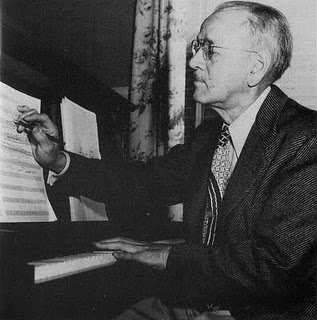
Carl William Stalling was an American composer, voice actor and arranger for music in animated films. He is most closely associated with the Looney Tunes and Merrie Melodies shorts produced by Warner Bros., where he averaged one complete score each week, for 22 years.

Isadore "Friz" Freleng, credited as I. Freleng early in his career, was an American animator, cartoonist, director, producer, and composer known for his work at Warner Bros. Cartoons on the Looney Tunes and Merrie Melodies series of cartoons from the 1930s to the early 1960s. In total he created more than 300 cartoons.

Merrie Melodies is an American animated comedy short film series distributed by Warner Bros. Pictures. It is the companion series to Looney Tunes, and featured many of the same characters. It originally ran from August 2, 1931, to September 20, 1969, during the golden age of American animation, though it was revived in 1979, with new shorts sporadically released until June 13, 1997. Originally, Merrie Melodies placed emphasis on one-shot color films in comparison to the black-and-white Looney Tunes films. After Bugs Bunny became the breakout character of Merrie Melodies and Looney Tunes transitioned to color production in the early 1940s, the two series gradually lost their distinctions and shorts were assigned to each series randomly.
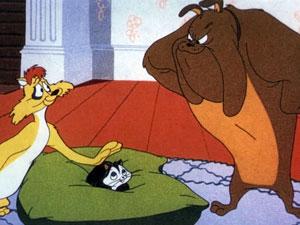
Marc Anthony and Pussyfoot are animated characters in four Warner Bros. Looney Tunes and Merrie Melodies shorts. Three cartoons focus on the dog and kitten pair: Feed the Kitty (1952), Kiss Me Cat (1953) and Cat Feud (1958). They also appear in one Claude Cat cartoon, Feline Frame-Up (1954).
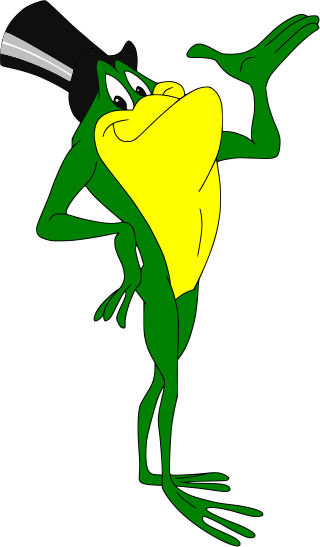
Michigan Jackson Frog is an animated cartoon character from the Warner Bros.' Merrie Melodies film series. Originally a one-shot character, his only appearance during the original run of the Merrie Melodies series was as the star of the One Froggy Evening short film, written by Michael Maltese and directed by Chuck Jones. In this cartoon, partly inspired by a 1944 Cary Grant film entitled Once Upon a Time, Michigan is a male frog who wears a top hat; carries a cane; and sings pop music, ragtime, Tin Pan Alley hits, and other songs from the late 19th and early 20th centuries while dancing and performing acrobatics in the style of early 20th century vaudeville. Michigan is discovered by a hapless construction worker who plans to profit off his talents but catches on too late that the frog performs exclusively for his owner, and behaves like an ordinary frog in front of anyone else. When he does perform, he finishes each song before the man can showcase his talent, thus thwarting his dreams of wealth.

Warner Bros. Animation Inc. is an American animation studio which is part of the Warner Bros. Television Studios, a division of Warner Bros., which is a subsidiary of Warner Bros. Discovery and serves as the animation division and label of Warner Bros.

Michael Maltese was an American story man for classic animated cartoon shorts. He is best known for working in the 1950s on a series of Merrie Melodies cartoons with director Chuck Jones. This collaboration produced many highly acclaimed animated shorts, including 4 of the top 5 "greatest cartoons" as judged by 1000 animation professionals; "What's Opera, Doc?" tops this list as the best animated short of all time.
Warner Bros. Cartoons, Inc. was an American animation studio, serving as the in-house animation division of Warner Bros. during the Golden Age of American animation. One of the most successful animation studios in American media history, it was primarily responsible for the Looney Tunes and Merrie Melodies series of animated short films. The characters featured in these cartoons, including Bugs Bunny, Daffy Duck, and Porky Pig, are among the most famous and recognizable characters in the world. Many of the creative staff members at the studio, including directors and animators such as Chuck Jones, Friz Freleng, Robert McKimson, Tex Avery, Robert Clampett, Arthur Davis, and Frank Tashlin, are considered major figures in the art and history of traditional animation.
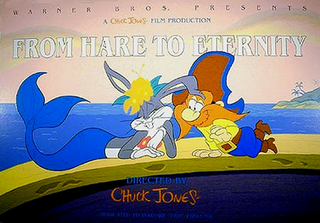
From Hare to Eternity is a Looney Tunes cartoon directed by Chuck Jones released on November 4, 1997.

8 Ball Bunny is a Warner Bros. Looney Tunes cartoon directed by Chuck Jones. The short was released on July 8, 1950, and stars Bugs Bunny and Playboy Penguin.
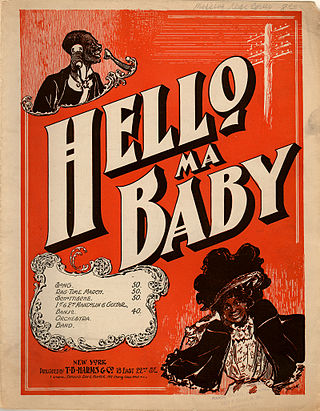
"Hello! Ma Baby" is a Tin Pan Alley song written in 1899 by the songwriting team of Joseph E. Howard and Ida Emerson, known as "Howard and Emerson". Its subject is a man who has a girlfriend he knows only through the telephone. At the time, telephones were relatively novel, present in fewer than 10% of U.S. households, and this was the first well-known song to refer to the device. Additionally, the word "Hello" itself was primarily associated with telephone use after Edison's utterance—by 1889, "Hello Girl" was slang for a telephone operator—though it later became a general greeting for all situations.
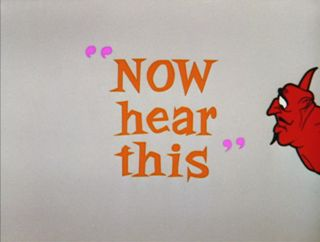
Now Hear This is a 1963 Warner Bros. Looney Tunes cartoon directed by Chuck Jones and Maurice Noble, and written by Jones and John Dunn. The short was released on April 27, 1963. It was nominated for the Academy Award for Best Animated Short Film the following year.

Bugs Bunny's 3rd Movie: 1001 Rabbit Tales is a 1982 animated comedy film by Friz Freleng. It combines classic Warner Bros. cartoon shorts with new animation, with Bugs Bunny serving as the story host.

Looney Tunes Golden Collection: Volume 2 is a DVD box set that was released by Warner Home Video on November 2, 2004. It contains 60 Looney Tunes and Merrie Melodies cartoons and numerous supplements.
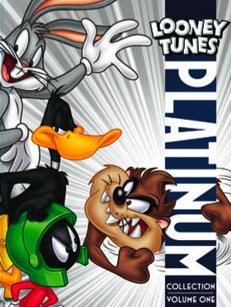
Looney Tunes Platinum Collection: Volume 1 is a Blu-ray Disc and DVD box set by Warner Home Video. It was released on November 15, 2011. It contains 50 Looney Tunes and Merrie Melodies cartoons and numerous supplements. A DVD version of the box set was released on July 3, 2012, but contained no extras.

September in the Rain is a 1937 Warner Bros. Merrie Melodies cartoon directed by Friz Freleng. The short was released on December 18, 1937.

Chuck Jones: Extremes & Inbetweens – A Life in Animation is a 2000 American television documentary film directed by Margaret Selby. The film chronicles the career of legendary Looney Tunes and Merrie Melodies director, Chuck Jones. The film features interviews with Jones himself, as well as animators Matt Groening, Eric Goldberg, and John Lasseter, critics Roger Ebert and Leonard Maltin, film directors Steven Spielberg, Ron Howard, and Joe Dante, and comedians Whoopi Goldberg, Lorne Michaels, Robin Williams, and June Foray, as well as others. The film was originally broadcast as part of the Great Performances series on November 22, 2000, on PBS, and later released to VHS and DVD by Warner Home Video on October 22, 2002.



















